Intro
Heal blisters quickly with 5 effective methods, including prevention, treatment, and home remedies, to alleviate pain and reduce friction, promoting fast recovery from foot, toe, and heel blisters.
Blisters are a common issue that can affect anyone, regardless of their age or activity level. They can be painful and uncomfortable, making it difficult to perform daily tasks. However, there are several ways to heal blisters quickly and effectively. In this article, we will explore the different methods of healing blisters, including home remedies, medical treatments, and preventive measures.
Blisters can be caused by a variety of factors, including friction, burns, and infections. Friction blisters are the most common type and occur when the skin is subjected to repeated rubbing or pressure, causing the outer layer of skin to separate from the inner layer. This can happen when wearing poorly fitting shoes, playing sports, or engaging in other activities that involve repetitive motion. Burn blisters, on the other hand, are caused by exposure to heat, flames, or chemicals, while infection blisters are caused by bacterial, viral, or fungal infections.
Healing blisters requires a combination of proper care, treatment, and prevention. It is essential to keep the blister clean and dry to promote healing and prevent infection. Applying a topical antibiotic ointment and covering the blister with a bandage can help to protect it from further irritation and infection. In addition to these basic care steps, there are several other methods that can be used to heal blisters, including applying cold compresses, using blister pads or moleskin, and taking over-the-counter pain relievers.
Understanding Blisters
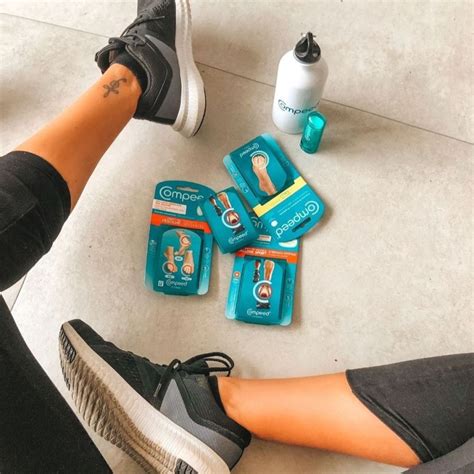
Types of Blisters
There are several types of blisters, each with its own unique characteristics and causes. Friction blisters are the most common type and can be further divided into two subcategories: clear blisters and blood blisters. Clear blisters are filled with a clear fluid and are typically caused by friction or pressure, while blood blisters are filled with blood and are often caused by a more severe injury.Home Remedies for Blisters
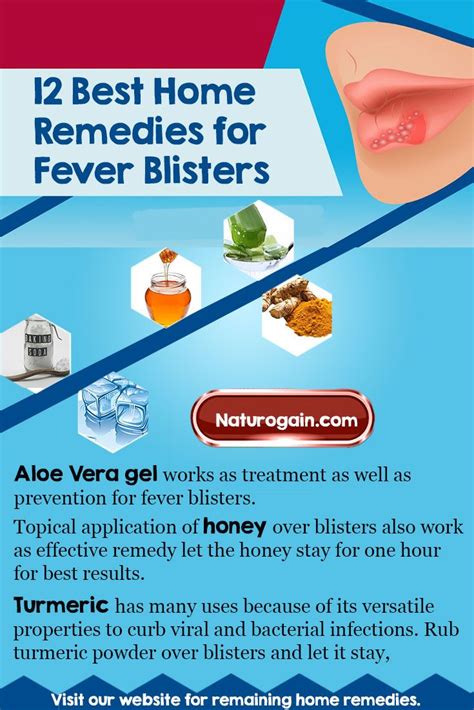
Some other home remedies for blisters include:
- Applying a topical antibiotic ointment to prevent infection
- Taking over-the-counter pain relievers to manage pain and discomfort
- Soaking the blister in warm water to promote healing and reduce pain
- Applying aloe vera gel or tea tree oil to reduce inflammation and promote healing
Preventing Blisters
Preventing blisters is often easier than treating them. There are several steps that can be taken to prevent blisters, including: * Wearing properly fitting shoes and clothing * Applying moisturizer to dry skin to reduce friction * Wearing protective gear, such as gloves or socks, when engaging in activities that involve repetitive motion * Taking regular breaks to rest and stretch when engaging in activities that involve prolonged standing or walkingMedical Treatments for Blisters
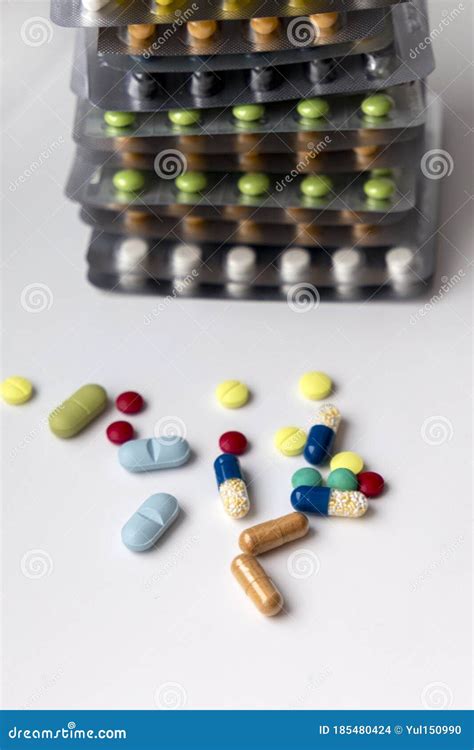
When to Seek Medical Attention
It is essential to seek medical attention if you experience any of the following symptoms: * Increased pain or swelling * Redness or inflammation around the blister * Pus or discharge from the blister * Fever or chills * Difficulty moving the affected areaNatural Remedies for Blisters
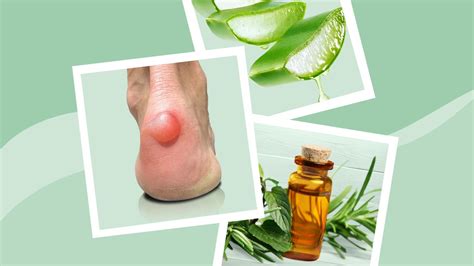
Some other natural remedies for blisters include:
- Applying honey to the affected area to promote healing and prevent infection
- Using essential oils, such as lavender or chamomile, to reduce inflammation and promote relaxation
- Taking vitamin C supplements to promote healing and boost the immune system
Benefits of Natural Remedies
Natural remedies for blisters have several benefits, including: * Reduced risk of infection * Promoted healing * Reduced pain and discomfort * Improved overall health and well-beingHealing Blisters Quickly
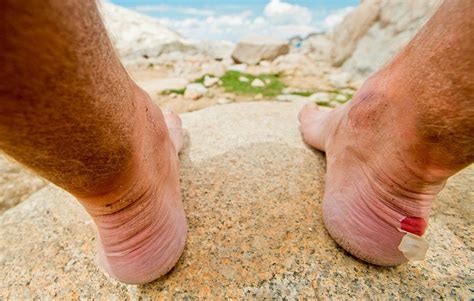
Some other tips for healing blisters quickly include:
- Applying a cold compress to the affected area to reduce pain and inflammation
- Taking over-the-counter pain relievers to manage pain and discomfort
- Soaking the blister in warm water to promote healing and reduce pain
- Applying aloe vera gel or tea tree oil to reduce inflammation and promote healing
Common Mistakes to Avoid
There are several common mistakes to avoid when trying to heal blisters quickly. These include: * Popping or draining the blister, which can lead to infection and prolong healing time * Applying harsh chemicals or irritants to the affected area, which can further irritate the blister and delay healing * Failing to keep the blister clean and dry, which can lead to infection and prolong healing timeWhat causes blisters?
+Blisters can be caused by a variety of factors, including friction, burns, and infections. Friction blisters are the most common type and occur when the skin is subjected to repeated rubbing or pressure, causing the outer layer of skin to separate from the inner layer.
How can I prevent blisters?
+Preventing blisters is often easier than treating them. There are several steps that can be taken to prevent blisters, including wearing properly fitting shoes and clothing, applying moisturizer to dry skin to reduce friction, and wearing protective gear, such as gloves or socks, when engaging in activities that involve repetitive motion.
What are some common home remedies for blisters?
+Some common home remedies for blisters include applying a cold compress to the affected area, using blister pads or moleskin to protect the blister from further irritation and friction, and taking over-the-counter pain relievers to manage pain and discomfort.
In conclusion, healing blisters requires a combination of proper care, treatment, and prevention. By understanding the different types of blisters and their causes, using home remedies and medical treatments, and taking steps to prevent blisters, individuals can promote healing and reduce the risk of infection. We invite you to share your experiences with blisters and any home remedies or treatments that have worked for you. Please comment below and let us know if you have any questions or need further guidance on how to heal blisters quickly and effectively.
